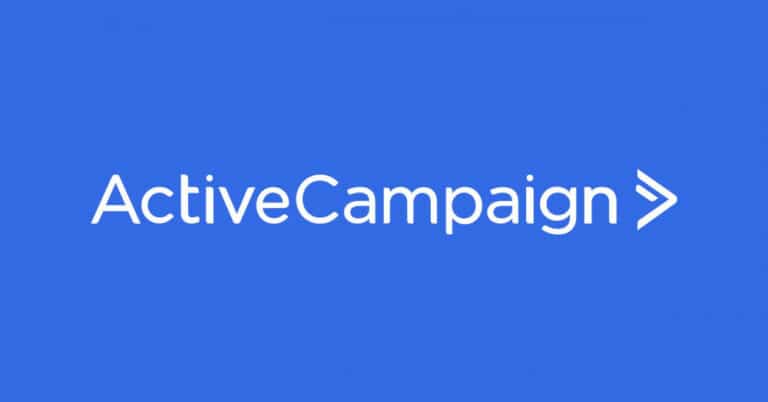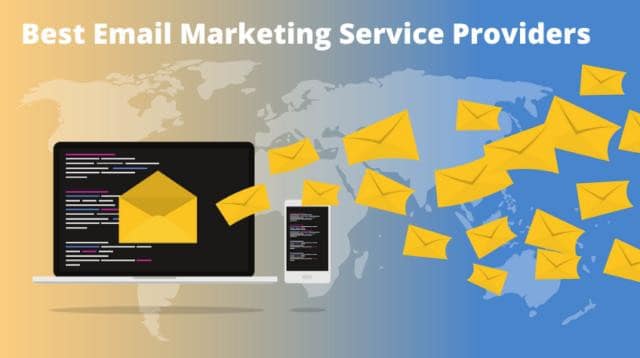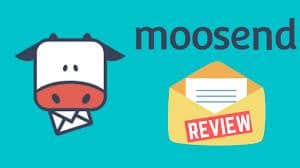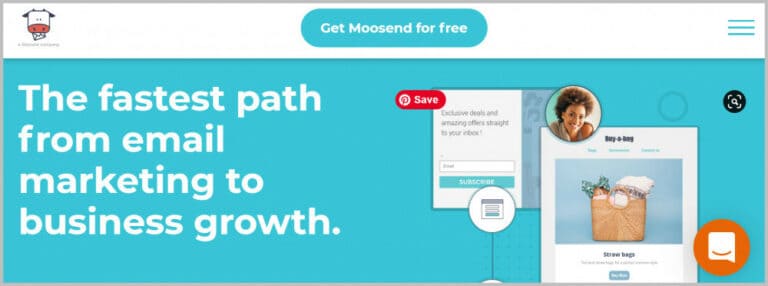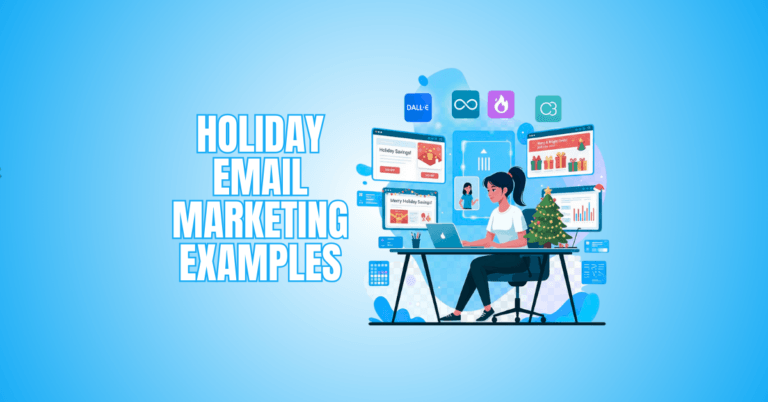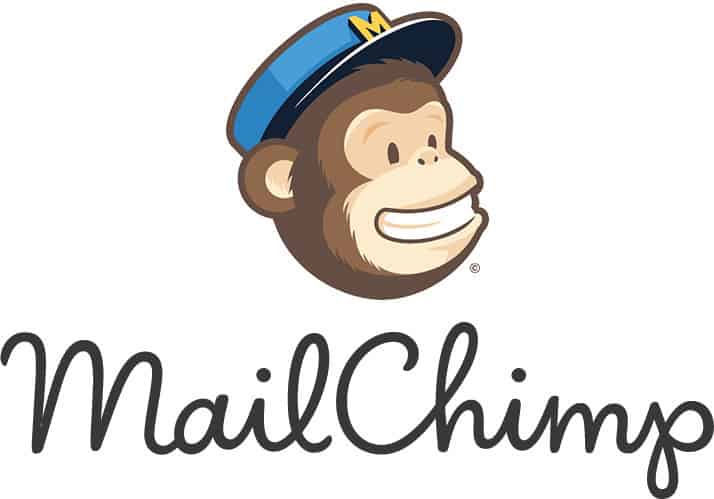What Is An Email Blast?
What Is an Email Blast?
If you're wondering, “What is an email blast?” it's a mass communication tool that allows businesses to simultaneously send a single message to a large group of recipients.
An email blast is a one-size-fits-all message sent to many people simultaneously—quick, direct, and often promotional. They are often used for promotions, announcements, or updates, it helps businesses quickly connect with their audience.
Email blasts can drive engagement and increase visibility, whether launching a sale, sharing news, or promoting an event. This article explores the different types of email blasts and how to use them effectively.
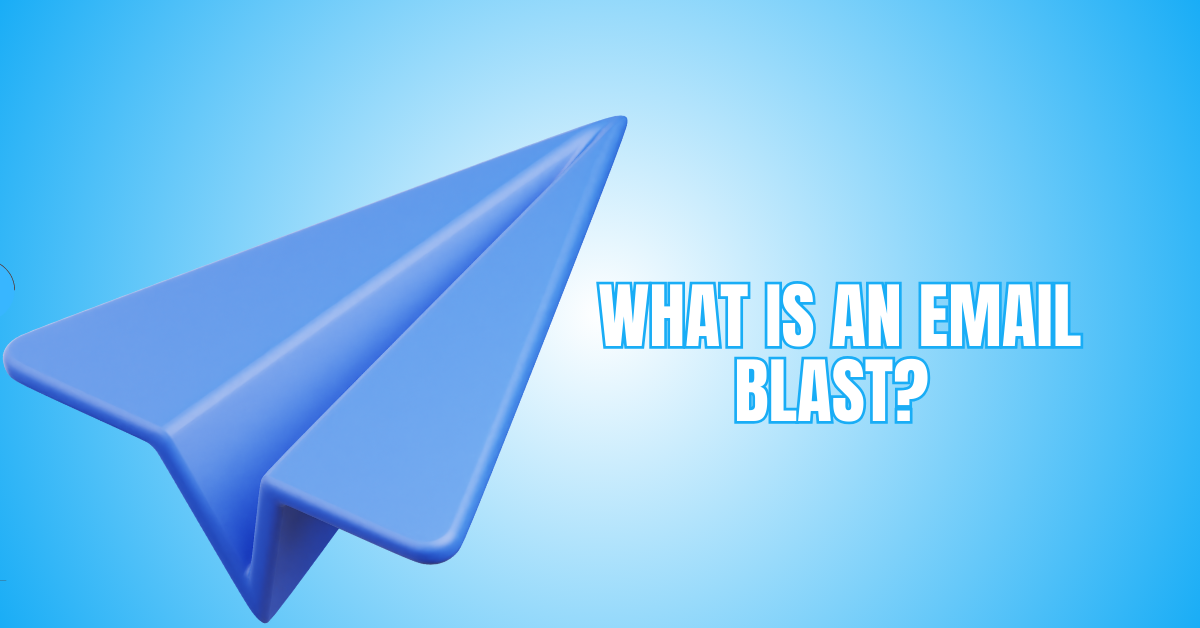
What Is An Email Blast?
An email blast is a single message sent to a large group of recipients simultaneously, often used for announcements, promotions, or newsletters.
Think of it as a digital megaphone—delivering your message instantly to hundreds or thousands of inboxes. Unlike targeted email campaigns, email blasts don’t always focus on personalization, but they’re great for reaching a broad audience fast.
Businesses use them to share flash sales, product launches, and essential updates. When done right—with a catchy subject line, compelling content, and a clear call-to-action—an email blast can spark engagement, drive traffic, and boost sales.
However, overuse or poor targeting can lead to unsubscribes, so balancing frequency and relevance is key for best results.
History And Evolution Of Email Blasts
The history of email blasts dates back to the late 1970s, when the first mass email was sent by a marketer promoting computer products, sparking both intrigue and controversy.
As internet usage exploded in the 1990s, email marketing became a cost-effective way for businesses to reach vast audiences.
Early email blasts were often impersonal and text-heavy, but they paved the way for more sophisticated strategies. By the 2000s, marketers embraced HTML formatting, visuals, and segmentation to improve engagement.
Want to Start Making Money Online?
Try My #1 Recommendation Program!
Today, while “email blast” suggests a broad, one-size-fits-all approach, modern tools allow for greater customization, analytics, and automation. What started as a digital megaphone has evolved into a strategic channel, blending reach with relevance.
With 4.5 billion global email users rising, when thoughtfully crafted, email blasts remain a powerful tool for businesses to inform, engage, and convert.
Types Of Email Blasts
To understand “What is an email blast?”, it's essential to know that there are several types, each serving a different purpose, from promotions to event notifications.
1. Promotional Blasts
Promotional blasts are mass emails highlighting special offers, discounts, or limited-time deals. They aim to generate quick interest, boost traffic, and drive immediate sales. These emails are visually engaging, featuring bold headlines, product images, and clear calls to action.
Using terms like “24-Hour Sale” or “Exclusive Offer” to generate a sense of urgency that encourages clicks is crucial. Promotional blasts work well for product launches, seasonal sales, or flash deals.
Example
A clothing brand might blast with the “50% Off Everything – Today Only!” subject line featuring curated items and a “Shop Now” button.
2. Newsletter Blasts
Newsletter blasts are regularly scheduled emails sent to subscribers to inform, educate, or engage them with curated content. Unlike promotional blasts, newsletters focus on building relationships rather than quick sales.
They may include company news, blog posts, upcoming events, or helpful tips tailored to the audience’s interests. Consistency and value are key to maintaining reader interest and boosting brand loyalty.
Example
A fitness brand might send a weekly newsletter blast titled “Your Monday Wellness Boost,” featuring a workout tip, a healthy recipe, and a motivational quote, with links to their latest blog and products.
3. Event Blasts
Event blasts are targeted emails to promote upcoming events such as webinars, product launches, conferences, or in-store gatherings.
Their main goal is to drive registrations, attendance, and awareness. These blasts often include the event’s date, time, location (or virtual link), agenda, and a compelling call-to-action like “Register Now” or “Save Your Spot.”
Want to Find Out How To Start Your Home-Based Business?
Try My #1 Recommendation Platform!
Eye-catching visuals, speaker highlights, and early-bird incentives can boost engagement. Timing is crucial—sending reminders before and follow-ups after the event helps maximize participation.
Example
A tech company might send an event blast titled “Join Our Free AI Trends Webinar – May 20,” with speaker bios and a prominent “Reserve My Seat” button.
4. Emergency Or Update Blasts
Emergency or update blasts are urgent emails sent to inform subscribers about critical changes, service disruptions, safety alerts, or essential updates.
These messages prioritize clarity, speed, and trust, often using bold headers and straightforward language to convey time-sensitive information.
They’re typically used by service providers, apps, airlines, or retailers during outages, policy shifts, or significant announcements. The tone is professional and reassuring, focusing on transparency and next steps.
Example
An airline might send an emergency blast titled “Flight Delay Notification – Important Travel Update,” detailing the new departure time, reason for delay, and rebooking options with a “Manage My Booking” link.
5. Seasonal Blasts
Seasonal blasts are promotional emails timed around holidays, seasons, or annual events like Black Friday, Christmas, or summer sales.
These blasts tap into seasonal excitement and shopping habits, using festive visuals, themed content, and limited-time offers to boost engagement and conversions.
Marketers often plan these well in advance to capitalize on high-traffic periods. The messaging usually includes urgency, exclusive deals, or gift guides tailored to the season’s theme.
Example
A home décor brand might send a seasonal blast titled “Cozy Up for Fall – 30% Off Throws & Candles,” featuring autumnal colours, product photos, and a “Shop the Collection” button.
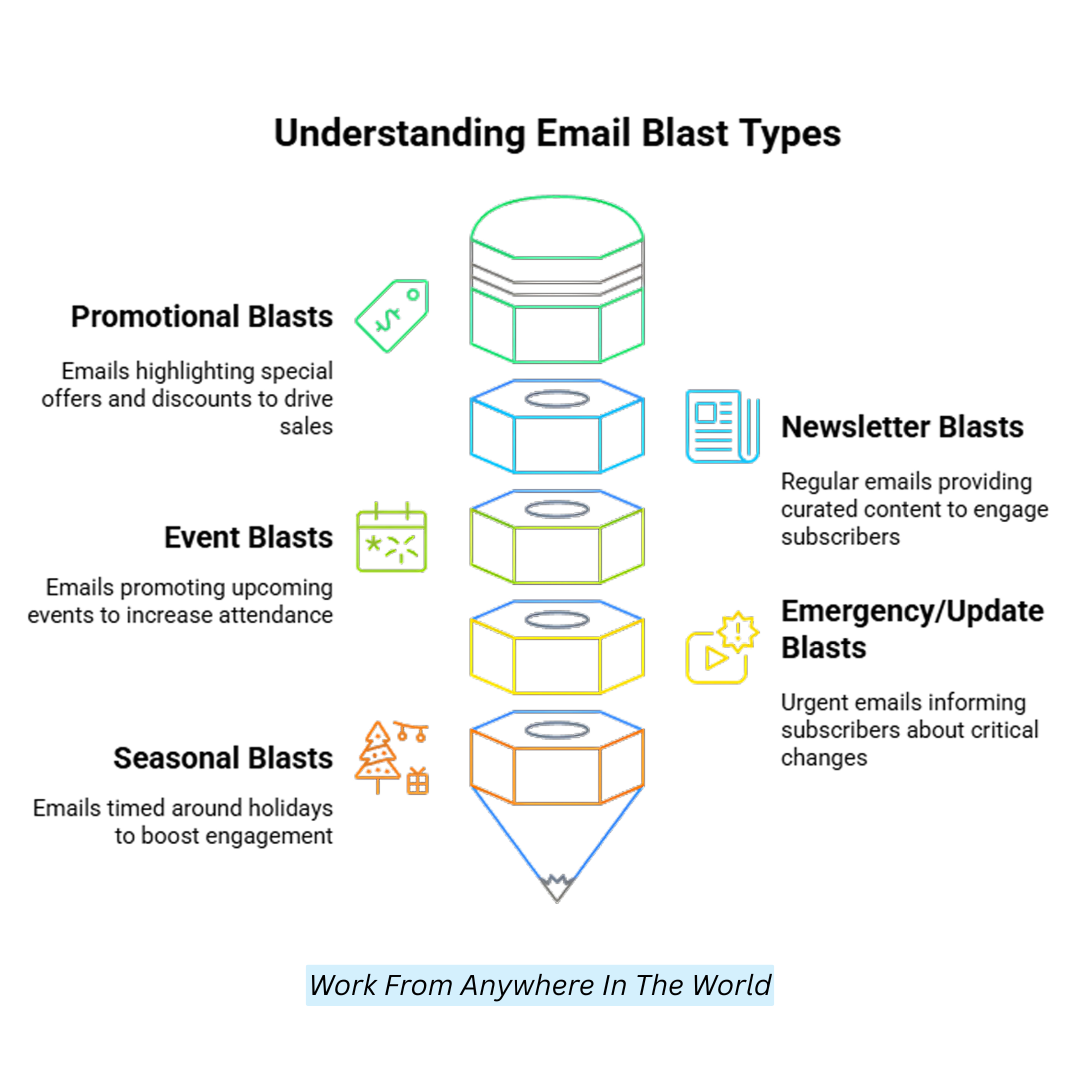
Advantages Of Email Blasts
To answer “What is an email blast?”, it's a mass communication tool that provides businesses with unique benefits, including speed, simplicity, and cost-effectiveness, despite some criticism.
1. Speed
Email blasts are high-speed, allowing businesses to deliver a single message to thousands—or even millions—of subscribers in seconds.
Whether you're announcing a flash sale, product launch, or urgent update, email blasts make it possible to communicate immediately without waiting for audience segmentation or automation.
This real-time capability is beneficial for time-sensitive campaigns or emergencies. Unlike social media posts that depend on algorithms, email lands directly in the user’s inbox.
With the right email service provider, you can schedule, send, and track performance almost instantly, making email blasts a top choice for rapid outreach.
2. Simplicity
One of the most significant advantages of email blasts is their simplicity. You don’t need advanced marketing automation or complex workflows to send one. You're ready to go with a basic email template and a subject line.
Many email marketing tools like Mailchimp, Constant Contact, or Brevo offer drag-and-drop editors, making designing eye-catching messages without coding easy.
Creating and deploying an email blast is straightforward, whether it is straightforward. This accessibility empowers non-technical users to engage with their audience quickly and effectively.
3. High Visibility
Email blasts land directly in subscribers’ inboxes, offering unmatched visibility compared to social media posts, which might get lost in a crowded feed.
This direct access makes them ideal for essential announcements, urgent updates, or one-off promotions like “One-Day Only Sales” or “Last-Minute Webinar Invites.”
Are You Tired Of Scams?
Want to Start Making Money Online?
When crafted well, with a compelling subject line and clear call-to-action, an email blast grabs attention instantly. Open and click-through rates can soar, especially if the message is time-sensitive.
This makes blasts an excellent way to ensure that your most important information doesn’t just reach your audience—it gets noticed and acted upon.
4. Cost-Effective
Email blasts are one of the cheapest forms of mass communication. They are incredibly budget-friendly, especially compared to print advertising, TV spots, or even pay-per-click digital campaigns.
With many platforms offering free or low-cost plans for smaller lists, even startups and small businesses can afford to send professionally designed messages.
Once you have an email list, you can repeatedly engage that audience at virtually no extra cost. The return on investment (ROI) is impressive—studies show email marketing can yield $36 or more for every $1 spent.
Email blasts remain one of the most efficient and cost-effective solutions for organizations aiming to reach large audiences without a large budget.
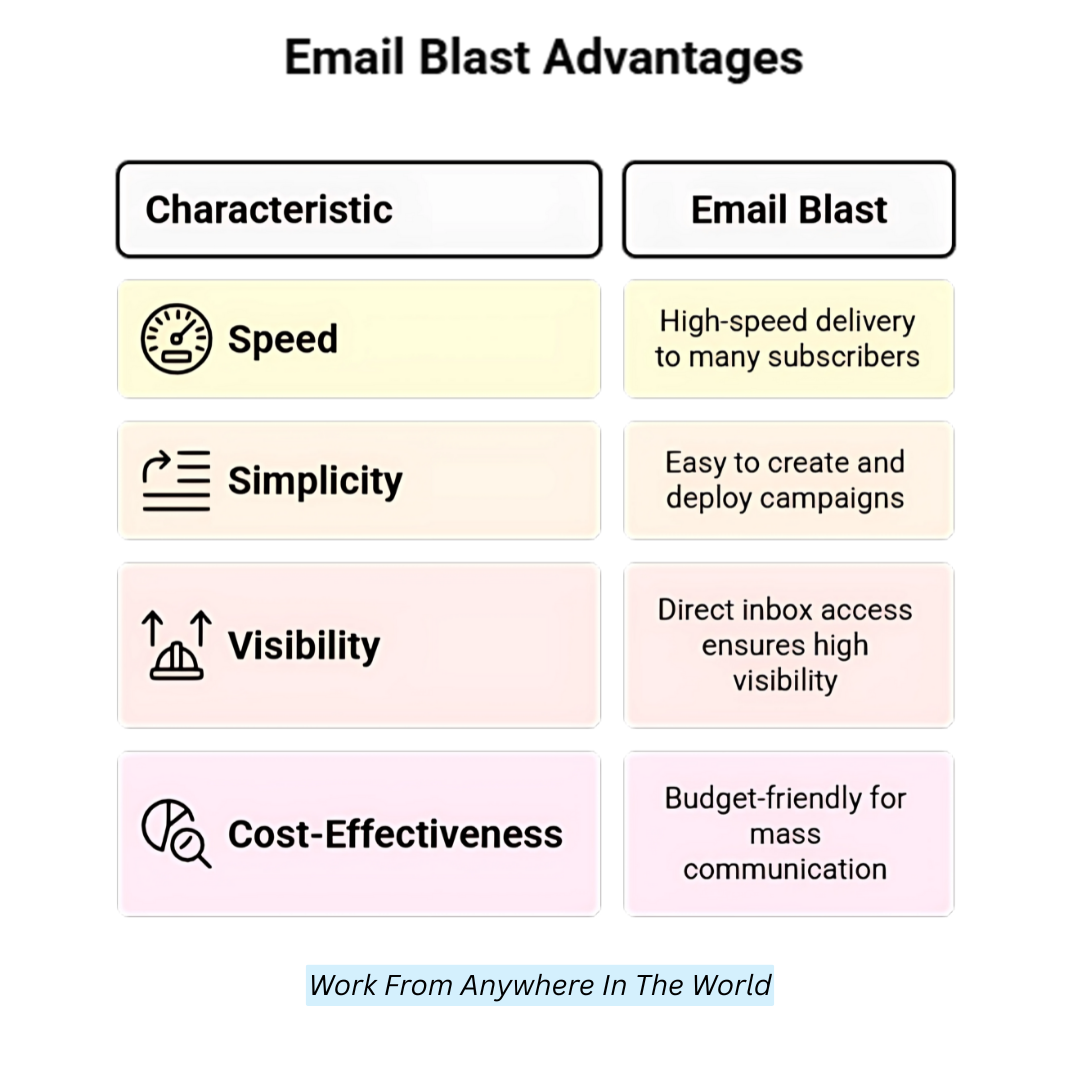
Disadvantages Of Email Blasts
But they come with drawbacks:
1. Lack Of Personalization
One of the most significant downsides of email blasts is their lack of personalization. Since these emails are sent to large lists with duplicate content for all recipients, they can feel impersonal or generic.
In an era where consumers expect tailored communication, receiving an email that doesn’t address them by name or reflect their interests can lead to disengagement.
Since they connect with the recipient more, personalized emails have greater open and click rates. Without that touch, email blasts can come across as mass marketing, often leading to lower engagement and even customer frustration.
2. Risk Of Being Marked As Spam
Email blasts risk being marked as spam, especially when recipients don't engage with the content. If many people ignore or delete the email without opening it, email providers like Gmail and Outlook may categorize the sender as spammy.
Over time, this hurts the sender's reputation, leading to lower email deliverability. Your future emails will likely be filtered out or sent to junk folders.
To avoid this, email marketers need to focus on sending relevant, well-targeted content to ensure higher engagement and maintain a good sender reputation.
3. High Unsubscribe Rates
Email blasts often result in high unsubscribe rates when the content is irrelevant or repetitive to the audience. When recipients feel that the emails do not offer value or match their interests, they will opt out of receiving future communications.
This can eventually significantly affect the calibre of your email list, which will lower your reach and engagement.
Want To Learn How To Create Your Own Website And Online Business?
Try My #1 Recommendation Training And Hosting Platform!
Additionally, frequent unsubscribes can signal to email platforms that your content isn't resonating with the audience, further diminishing the effectiveness of your campaigns.
To mitigate this, always segment your audience and tailor content to their preferences and needs, ensuring it’s relevant and engaging.
4. No Targeting
One of the main limitations of email blasts is the lack of targeting. Since they are typically sent to a broad audience with one generic message, they may not meet every recipient's specific needs or interests.
This results in a lower likelihood of conversion as different segments of your audience may have vastly different preferences.
On the other hand, personalized and segmented email marketing guarantees that the appropriate content reaches the recipient, improving engagement, increasing click-through rates, and forging closer bonds with your subscribers.
Email blasts can miss the mark without targeting and fail to drive meaningful results.
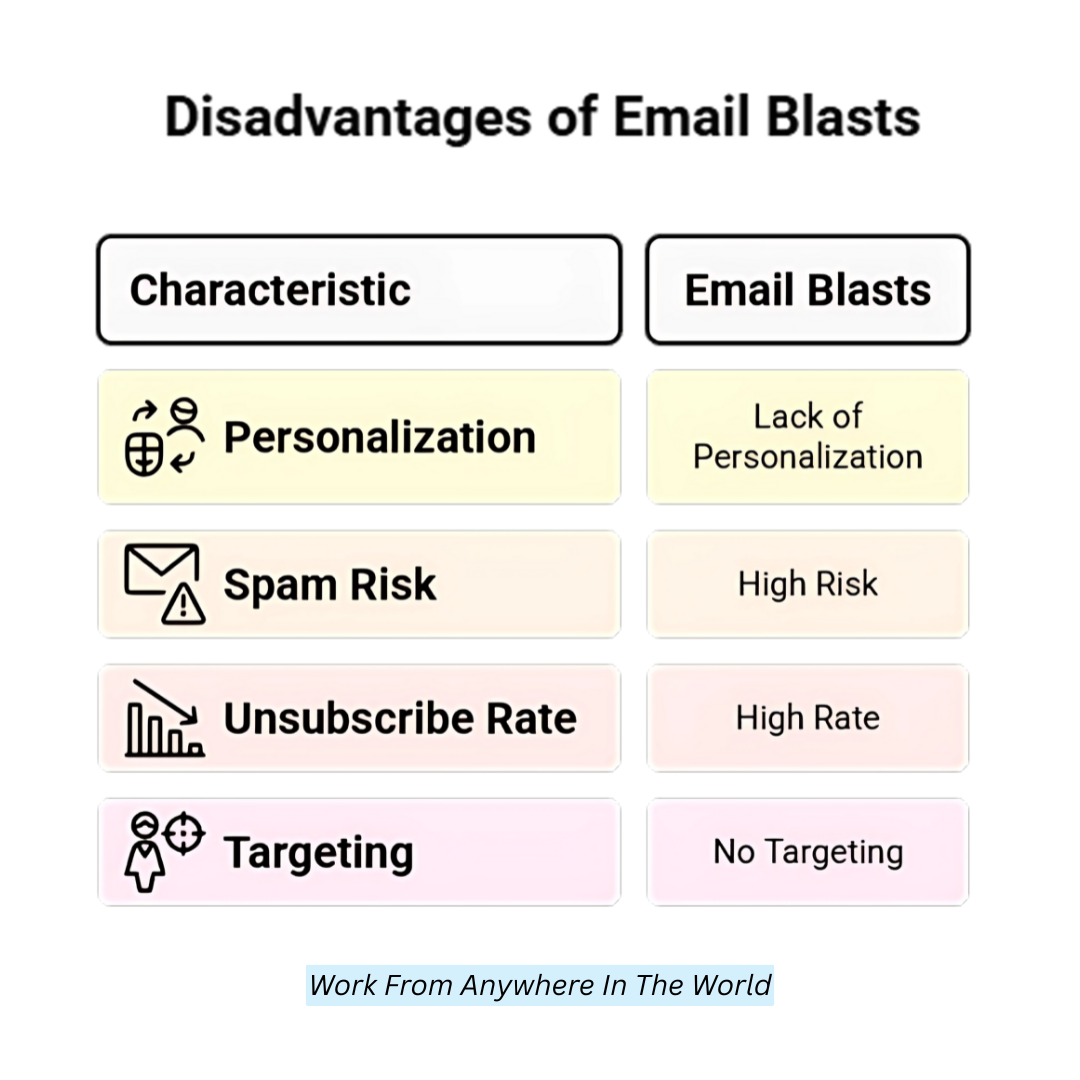
Tools For Creating Email Blasts
Several platforms offer easy-to-use tools for mass emails:
1. Mailchimp
Email blasts can be easily created and sent with Mailchimp, a well-liked application. To get started, sign up for a Mailchimp account and set up your audience by importing or adding email addresses.
Next, design your email using the drag-and-drop editor, selecting templates or building one from scratch. Personalize the content, add images, and customize the subject line to make it compelling.
Afterward, choose your audience segment and schedule or send the email blast immediately. Finally, track performance through Mailchimp’s detailed analytics, adjusting future emails based on open rates, click-through rates, and other metrics.
2. Constant Contact
Constant Contact is a reliable tool for creating and sending email blasts, focusing on high deliverability rates. To start, create an account, upload your email list, or build one from scratch.
Next, choose from various customizable templates that suit your brand or purpose. Text, links, and images can all be added to your email using the drag-and-drop editor. After customizing the design, select your target audience and schedule the email blast.
Constant Contact also offers A/B testing and analytics to track performance, helping you refine future campaigns for better engagement.
3. Brevo (formerly Sendinblue)
Brevo is an effective platform for creating email blasts, emphasizing automation and ease of use. To get started, create an account, upload your contacts, or integrate with your CRM.
Choose from various email templates or design your email from scratch using the intuitive drag-and-drop editor. Personalize the content by adding dynamic elements like first names or special offers. Once your email is ready, select the recipients and schedule your campaign.
Advanced capabilities like A/B testing, automated workflows, and comprehensive analytics to monitor clicks, open rates, and overall performance are also provided by Brevo.
4. GetResponse
GetResponse is a comprehensive email marketing tool perfect for creating and sending email blasts. Start by signing up and importing your contacts or integrating with your eCommerce platform.
Choose from various pre-designed templates or use the drag-and-drop editor to create a customized email. Personalize the content, add images, and craft a compelling subject line to increase open rates.
Once your email is ready, select the target audience and schedule the campaign. GetResponse also offers automation features, A/B testing, and detailed analytics, allowing you to optimize future email blasts based on performance data.
5. MailerLite
MailerLite is a user-friendly tool for creating and sending email blasts, ideal for beginners and small businesses.
Sign up and import your contacts or build your list manually. Choose from various responsive email templates or use the drag-and-drop editor to design your email.
Customize your content, adding images, text, and links to make your message compelling. After finalizing the email, select your target audience and schedule or send the campaign immediately.
MailerLite also offers automation, A/B testing, and analytics to track open rates and clicks, helping you refine future email campaigns for better results.
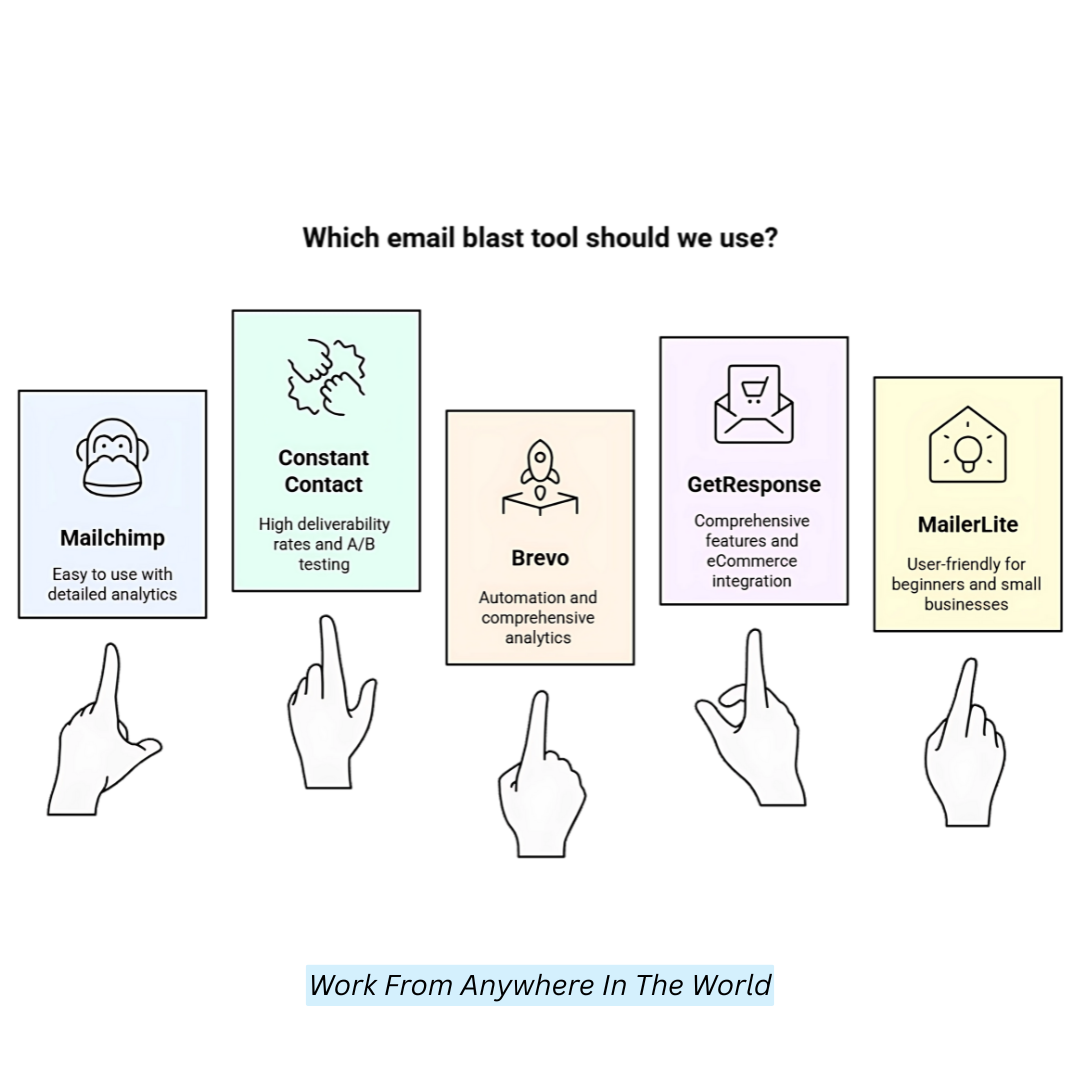
Examples Of Email Blast
To clarify, “What is an email blast?” Here are a few sample templates to inspire you to create effective mass communication campaigns.
Example 1: Promotional Blast
Subject Line
25% Off All Summer Styles – This Weekend Only!
Body
Hi there,
Summer’s here, and so are the hottest deals!
Get 25% off everything in our Summer Collection—this weekend only. Don’t miss out on the perfect time to refresh your wardrobe.
CTA
[Shop the Sale]
Cheers,
The Sunwear Team
Example 2: Event Blast
Subject Line
You're Invited: Free Webinar on AI Trends in 2025
Body
Explore the top AI trends for 2025 in-depth for 45 minutes.
Date: May 20
Time: 3 PM EST
Limited spots available—save your seat now!
CTA
[Register Now]
Example 3: Emergency Blast
Subject Line
Important: Temporary Site Downtime Tonight
Body
Dear Customer,
Our site will undergo maintenance from 11 PM to 2 AM EST tonight. During this time, you may experience temporary disruptions. We sincerely regret the inconvenience and value your patience.
Sincerely,
Tech Support Team
Example 4: Newsletter Blast
Subject Line
May Updates + Our Top 3 Productivity Hacks
Body
Here’s what’s new:
New feature: Task automation
Blog: 3 productivity tips from top CEOS
Meet us at the Remote Work Summit.
Catch up on everything inside.
CTA
[Read the Newsletter]
Example 5: Feedback Blast
Subject Line
We’d Love Your Feedback! Help Us Improve.
Body
Hi [Name],
We want to hear from you! Take a quick survey and let us know how we can serve you better. Your feedback is essential to help us improve our services and keep you happy.
CTA
[Take the Survey]
Thank you,
Customer Care Team
Conclusion
To sum up, “What is an email blast?” is a potent marketing strategy that, when appropriately applied, can assist companies in reaching a large audience, increasing their visibility, and strengthening their clientele.
Companies craft targeted, effective messages that engage their audience by understanding the different types—promotions, newsletters, events, etc.
Email blasts are crucial to any digital marketing strategy because they can dramatically increase visibility, sales, and client loyalty with the proper planning, segmentation, and optimization.
I trust you enjoyed this article about What Is an Email Blast? Please stay tuned for more articles. Take care!
JeannetteZ
Want to Learn How to Build Your Own Home-Based Online Business And Start Making Money Online From Your Comfortable Couch?
Try Wealthy Affiliate!
Your Opinion Is Important To Me
Do you have thoughts, ideas, or questions? I would love to hear from you. Please share your questions, experiences, remarks, and suggestions about What Is an Email Blast? in the comments below. You can also email me at Jeannette@WorkFromAnywhereInTheWorld.com.
Disclosure
This post may contain affiliate links. I earn from qualifying purchases as an Amazon Associate and through other affiliate programs. Please read my full affiliate disclosure.
You may also enjoy the following articles:
Wealthy Affiliate Coupons For Premium Memberships
Wealthy Affiliate Review – Scam or Legit? The Truth Exposed
An Insider Wealthy Affiliate Review


